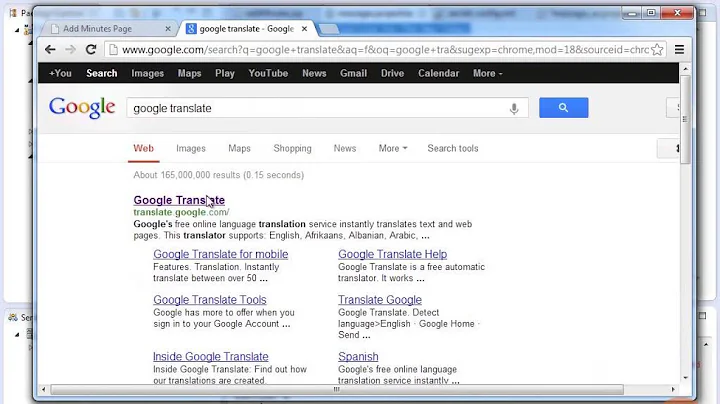MVC interceptor vs Spring security filter vs something else...?
All options are valid, it depends on the level of abstraction you want.
In a Filter, you only have access to HttpServletRequest and HttpServletResponse objects, so you are very much coupled with the Servlet API. You also don't (directly) have access to all the great Spring functionality like returning a view to be rendered or a ResponseEntity.
In a HandlerInterceptor, it's again more of the same. You can do your redirection or request handling directly in the preHandle() where you don't have access to the ModelAndView or set a flag which you check in postHandle(). You would have access to the ModelAndView but not to some other Spring MVC functionality.
Spring Security is a good alternative, but I find it has a lot of configuration that I don't like too much.
One final alternative, that I like the most, is to use AOP (you can do this with Spring Security or Shiro as well). You create an annotation like @Private and you annotate your @Controller handler methods. You use AOP to advise these methods. The advice basically checks some session or request attribute for a flag (authorized or not). If you are allowed, you continue executing the handler method, if not, you throw an UnauthorizedException (or similar). You then also declare an @ExceptionHandler for that exception where you have pretty much complete control over how the response is generated: a ModelAndView (and related), a ResponseEntity, annotate the handler with @ResponseBody, write the response directly, etc. I feel like you have much more control, if you want it.
Related videos on Youtube
Less
Java / .Net / C++ developer, nearly 3 years of working experience
Updated on October 09, 2022Comments
-
Less over 1 year
I'm using Spring-MVC with Spring Security for my web application. It includes user registration pages and private user panel. I have it set up currently with the following URL patterns:
whatever/myapp/loginuser log inwhatever/myapp/register?step=1start registrationwhatever/myapp/account/**private area views (pages)whatever/myapp/pendingview shown while post-registration processes completewhatever/myapp/blockedaccount blocked viewwhatever/myapp/register/retryif registration failed, allow retry
Essentially, these URLs below should require user authentication, i.e. require log-in:
whatever/myapp/account/**(private area pages)whatever/myapp/pending(this page has a timer set to redirect to /account/home)whatever/myapp/register/retry
This is quite straightforward to achieve using Spring security. However, regardless of user authentication through Spring security, private area pages should be accessible or not, depending on user's current account status (stored in my DB).
More specifically: if a user tries to access anything in the private area (
/account/**), he should be shown the appropriate view (redirected to appropriate page), according to the status. I have these statuses defined:suspended- relates to pending viewenabled- allow full accessdisabled- not relevant hereretry_allowed- relates to retry viewblocked- relates to account-blocked view
Currently, I have a MVC interceptor setup to
/account/**, that checks user status, and redirects to appropriate pages, but somehow I get the sense that this is not really the ideal or appropriate solution here, since I'm facing strange behavior, like multiple controller invocation... and also I'm not quite certain when to returntrue/falsewithinpreHandle()method. Here's the code snippet from the interceptor:@Override public boolean preHandle( HttpServletRequest request, HttpServletResponse response, Object arg2) throws Exception { IPanelUser pUser = (IPanelUser) SecurityContextHolder.getContext() .getAuthentication().getPrincipal(); // check principal first and then load from DB // "suspended" is initial status upon registration if(pUser.getCustomer().getStatus() == CustomerStatus.Suspended.getCode()) { // if suspended, load from DB and update status Customer customer = this.customerService.getUserByUsername(pUser.getUsername()); if(customer != null) pUser.getCustomer().setStatus(customer.getStatus()); // still suspended? redirect to pending if(pUser.getCustomer().getStatus() == CustomerStatus.Suspended.getCode()) { response.sendRedirect("../pending"); return false; } } if(pUser.getCustomer().getStatus() == CustomerStatus.Blocked.getCode()) { // redirect to blocked page response.sendRedirect("../blocked"); SecurityContextHolder.clearContext(); return false; } if(pUser.getCustomer().getStatus() == CustomerStatus.AllowRetry.getCode()) { // redirect to CC submission page response.sendRedirect("../register/retry"); return false; } if(pUser.getCustomer().getStatus() == CustomerStatus.Enabled.getCode() || pUser.getCustomer().getStatus() == CustomerStatus.Disabled.getCode()) { // do nothing } return true; }.
Is this a valid approach ? Any alternative suggestions ?








![[QUESTION] What is the difference between HTTP filters, aspects, and interceptors?](https://i.ytimg.com/vi/d9CflFaLoxo/hq720.jpg?sqp=-oaymwEcCNAFEJQDSFXyq4qpAw4IARUAAIhCGAFwAcABBg==&rs=AOn4CLDRel5hz3dq1hkFVIyY1SaSCe2zlA)
![[Hỏi đáp] Phân biệt servlet filter và interceptor trong spring mvc](https://i.ytimg.com/vi/YHmccfWOpAI/hqdefault.jpg?sqp=-oaymwEcCOADEI4CSFXyq4qpAw4IARUAAIhCGAFwAcABBg==&rs=AOn4CLAAvx3-_rIB5xVhn1Fajloog0--Mg)
